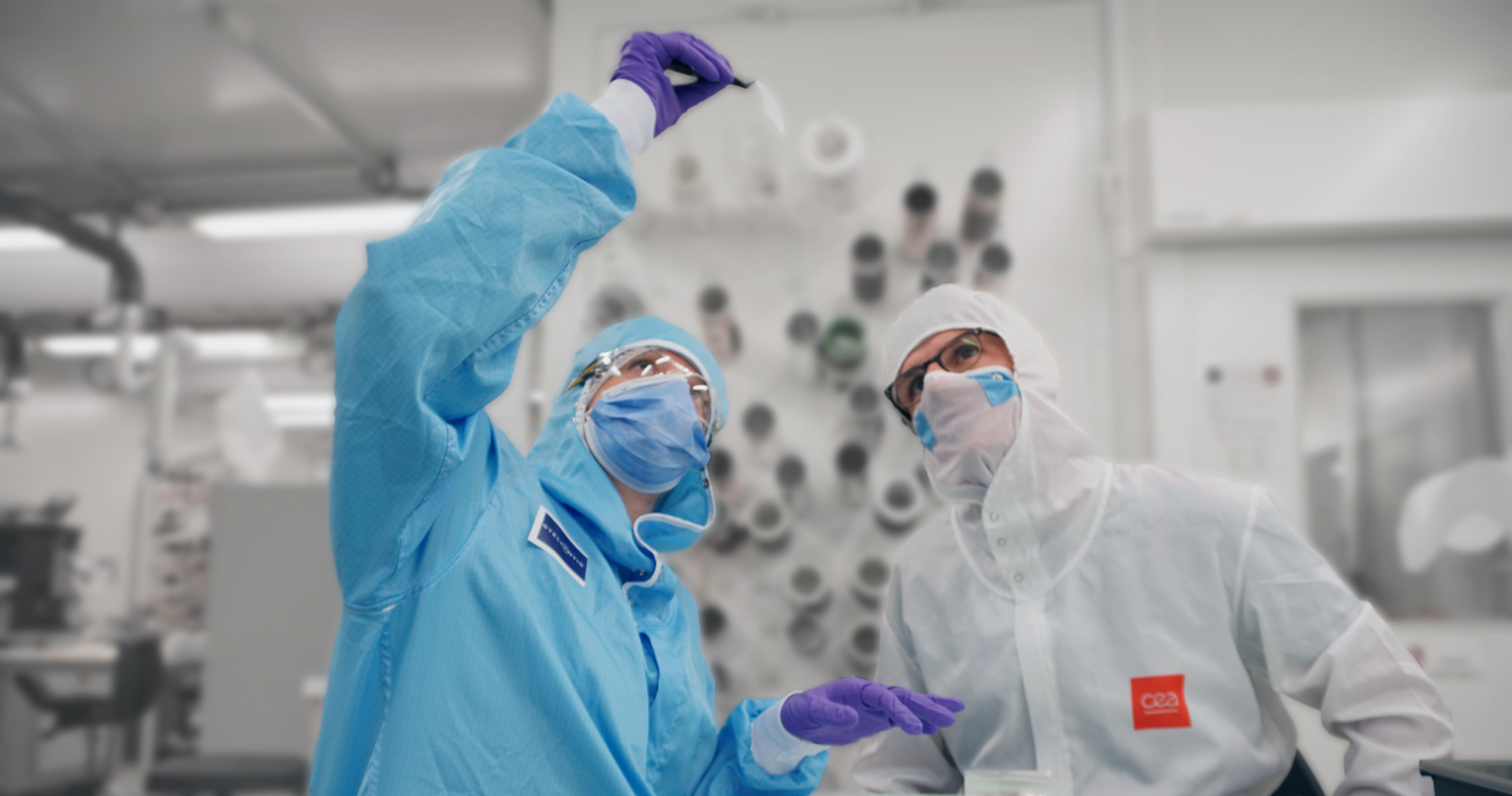
Stellantis Joins with France’s CEA to Pursue Next-Generation Battery Cell Technology
Stellantis and CEA, one of the world’s most innovative research institutions, today announced a new, five-year collaboration that targets in-house design of next-generation battery cells for electric vehicles. This joint research program includes designing advanced technology cells with higher performance, a longer lifespan and a lower carbon footprint at competitive costs, which can lead to more affordable & sustainable battery electric vehicles in the future.
“We know that battery technology is poised for change. While we don’t know exactly how it will change, we are committed to be at the forefront of this transformation. Internally, we are working around the clock placing multiple bets and exploring various technologies. At the same time, we are collaborating closely with tech startups, laboratories, universities, and the most prestigious research institutions in the world like CEA. We believe that this collaboration will accelerate the arrival of disruptive battery cell technology, supporting our mission to offer clean, safe and affordable mobility to our customers,” said Ned Curic, Stellantis Chief Engineering and Technology Officer.
Through its Energy Division, CEA provides advanced innovations for decarbonization. As a Research and Technological Organization (RTO), CEA’s first goal is to support industry through innovation and technological breakthrough, allowing market differentiation and competitive advantage for its partners.
“CEA is proud to support Stellantis with an ambitious multi-year R&D program on battery cells, which takes place in the frame of CEA/Stellantis global partnership. This exciting project makes the best use of more than 25 years of expertise in the field of Li-ion batteries at CEA to the benefit of one of the major automotive actors in the competitive race for electrical mobility. Our challenge is to speed up design and fabrication and to allow deep understanding of the most advanced cells technologies by sharing our expertise, skills and vision,” said Philippe Stohr, Head of CEA Energy division.
The goal of the joint battery cell program is to provide more affordable, next-generation EV batteries with best-in-class technologies to Stellantis and its joint venture gigafactories.
The battery cell design program reinforces a 20-year dynamic collaboration with CEA. Other areas of joint research include disruptive chemistries and CO2 footprint research, battery modeling, fuel cell development, life cycle assessment and connectivity.
The collaboration is the latest example of Stellantis’ continuing drive to achieve the goals of the Dare Forward 2030 strategic plan. Stellantis is on track to become a carbon net zero corporation by 2038, all scopes included, with single-digit percentage compensation of remaining emissions.

